Daniel Majoral
Emergence of Adaptive Circadian Rhythms in Deep Reinforcement Learning
Jul 22, 2023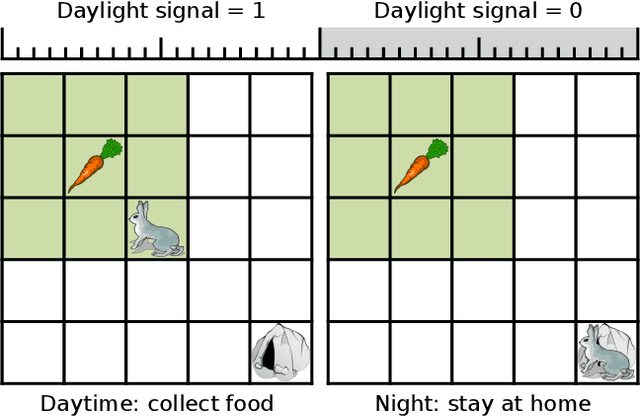

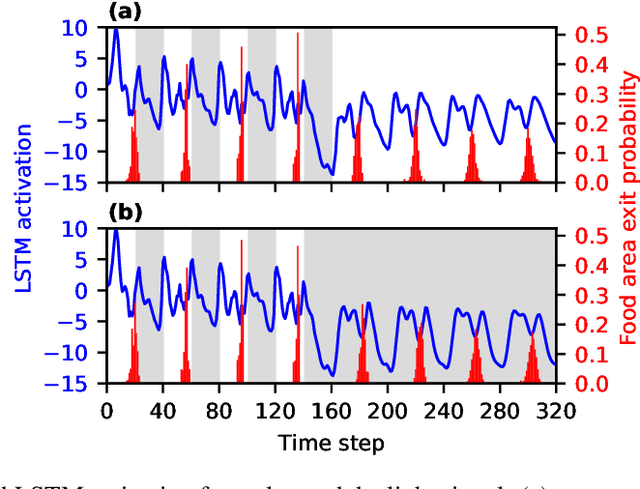
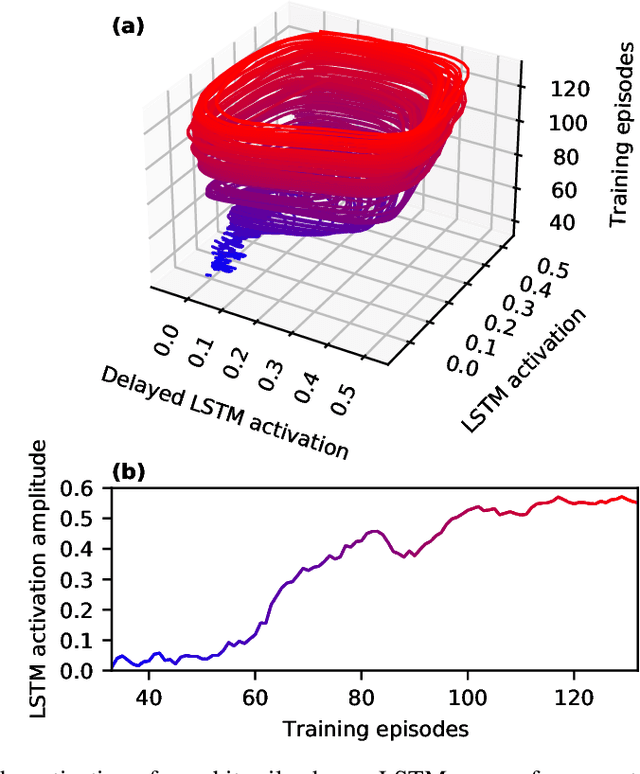
Abstract:Adapting to regularities of the environment is critical for biological organisms to anticipate events and plan. A prominent example is the circadian rhythm corresponding to the internalization by organisms of the $24$-hour period of the Earth's rotation. In this work, we study the emergence of circadian-like rhythms in deep reinforcement learning agents. In particular, we deployed agents in an environment with a reliable periodic variation while solving a foraging task. We systematically characterize the agent's behavior during learning and demonstrate the emergence of a rhythm that is endogenous and entrainable. Interestingly, the internal rhythm adapts to shifts in the phase of the environmental signal without any re-training. Furthermore, we show via bifurcation and phase response curve analyses how artificial neurons develop dynamics to support the internalization of the environmental rhythm. From a dynamical systems view, we demonstrate that the adaptation proceeds by the emergence of a stable periodic orbit in the neuron dynamics with a phase response that allows an optimal phase synchronisation between the agent's dynamics and the environmental rhythm.
Do deep reinforcement learning agents model intentions?
May 21, 2018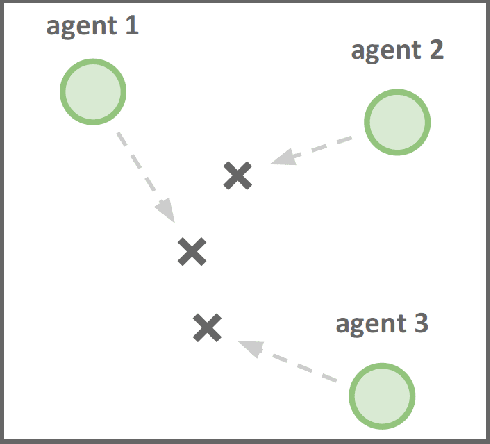

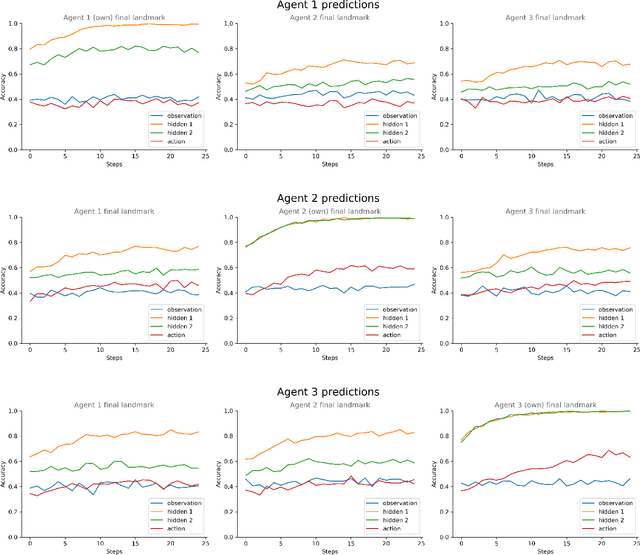

Abstract:Inferring other agents' mental states such as their knowledge, beliefs and intentions is thought to be essential for effective interactions with other agents. Recently, multiagent systems trained via deep reinforcement learning have been shown to succeed in solving different tasks, but it remains unclear how each agent modeled or represented other agents in their environment. In this work we test whether deep reinforcement learning agents explicitly represent other agents' intentions (their specific aims or goals) during a task in which the agents had to coordinate the covering of different spots in a 2D environment. In particular, we tracked over time the performance of a linear decoder trained to predict the final goal of all agents from the hidden state of each agent's neural network controller. We observed that the hidden layers of agents represented explicit information about other agents' goals, i.e. the target landmark they ended up covering. We also performed a series of experiments, in which some agents were replaced by others with fixed goals, to test the level of generalization of the trained agents. We noticed that during the training phase the agents developed a differential preference for each goal, which hindered generalization. To alleviate the above problem, we propose simple changes to the MADDPG training algorithm which leads to better generalization against unseen agents. We believe that training protocols promoting more active intention reading mechanisms, e.g. by preventing simple symmetry-breaking solutions, is a promising direction towards achieving a more robust generalization in different cooperative and competitive tasks.
 Add to Chrome
Add to Chrome Add to Firefox
Add to Firefox Add to Edge
Add to Edge